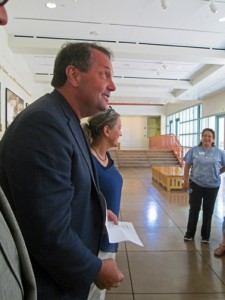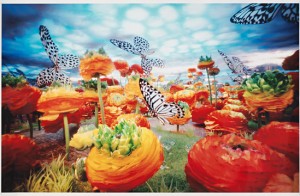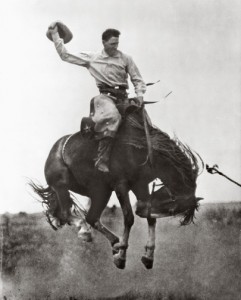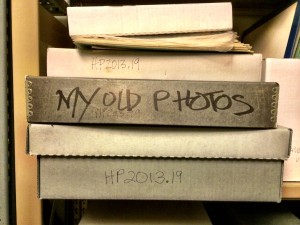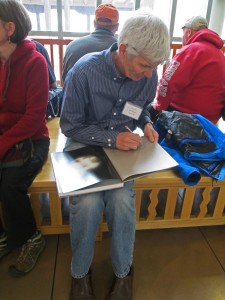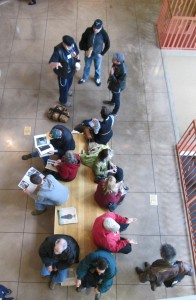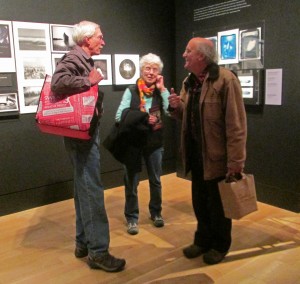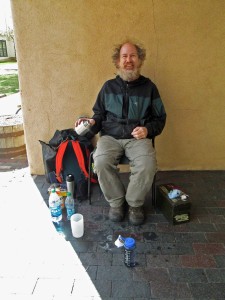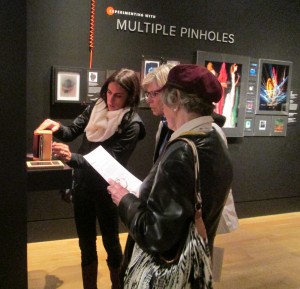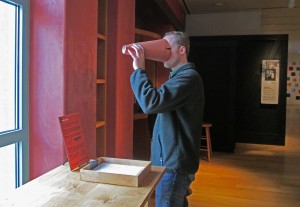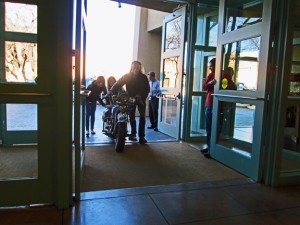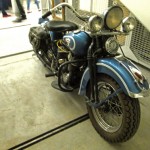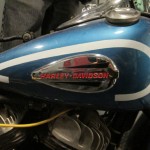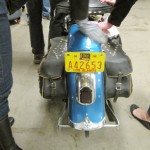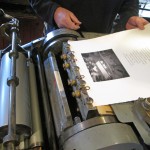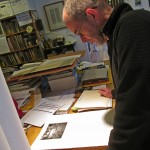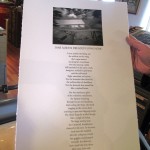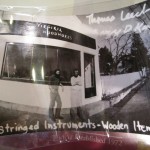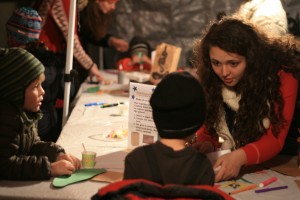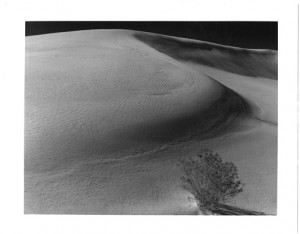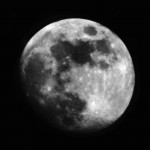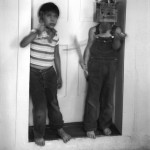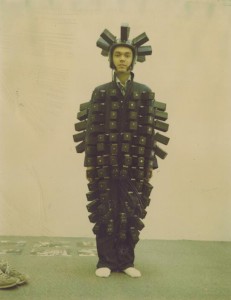 Now landing in subscribers’ mailboxes, the September 2014 issue of True West magazine names the New Mexico History Museum as the nation’s best Western museum, “in recognition of their superior exhibitions and ability to reach all generations through their creativity in interpreting the West while fulfilling their institution’s mission.”
Now landing in subscribers’ mailboxes, the September 2014 issue of True West magazine names the New Mexico History Museum as the nation’s best Western museum, “in recognition of their superior exhibitions and ability to reach all generations through their creativity in interpreting the West while fulfilling their institution’s mission.”
The honor follows the announcement that the museum won a national Award of Merit for Leadership in History from the American Association of State and Local History for its 2013–14 exhibit, Cowboys Real and Imagined.
“New Mexico History Museum’s dedication to excellence, and their mission of preserving and interpreting our great Western history for all generations, is inspiring,” said True West Executive Editor Bob Boze Bell. “They keep the Old West alive.”
Other honorees include the Buffalo Soldiers Museum in Houston, Boot Hill Museum in Dodge City, Kan., and the Autry National Center of the American West in Los Angeles. In a media release announcing the honor, the magazine noted the History Museum’s “extraordinary, award-winning exhibitions, such as Cowboys Real and Imagined, but [also] cutting-edge, creative exhibits like Toys and Games: A New Mexico Childhood [and] the long-term exhibit Telling New Mexico: Stories from Then and Now.” The magazine article lauds the cowboy exhibit for its state-of-the-art quality and robust programming. “Best of all, the exhibit made cowboys—and history—interesting to today’s youth.”
“This is a fantastic recognition of the team at the N.M. History Museum and their hard work in preserving and interpreting our state’s unique heritage,” said Interim Director Jon Hunner. “From cowboys to Spanish colonial devotional art and from pinhole photography to the Native American Artisans Program under the Palace Portal, this museum takes joy in presenting exhibits and programs about New Mexico and the true west.”
Upon its opening in May 2009, the museum was named “one to watch” by the magazine. In this, its fifth-anniversary year, the museum has two major exhibits featuring treasures from its collections: Painting the Divine: Images of Mary in the New World and Poetics of Light: Pinhole Photography.
Spur Award-winning writer Johnny D. Boggs selected the winners for True West’s annual award based on his extensive travels, research and firsthand experiences in visiting dozens of Western museums each year. True West magazine is in its 61st year of leading the way in presenting the true stories of Old West adventure, history, culture and preservation. For subscriptions and more information, visit http://www.twmag.com or call 888-687-1881.

